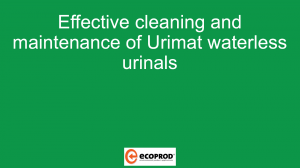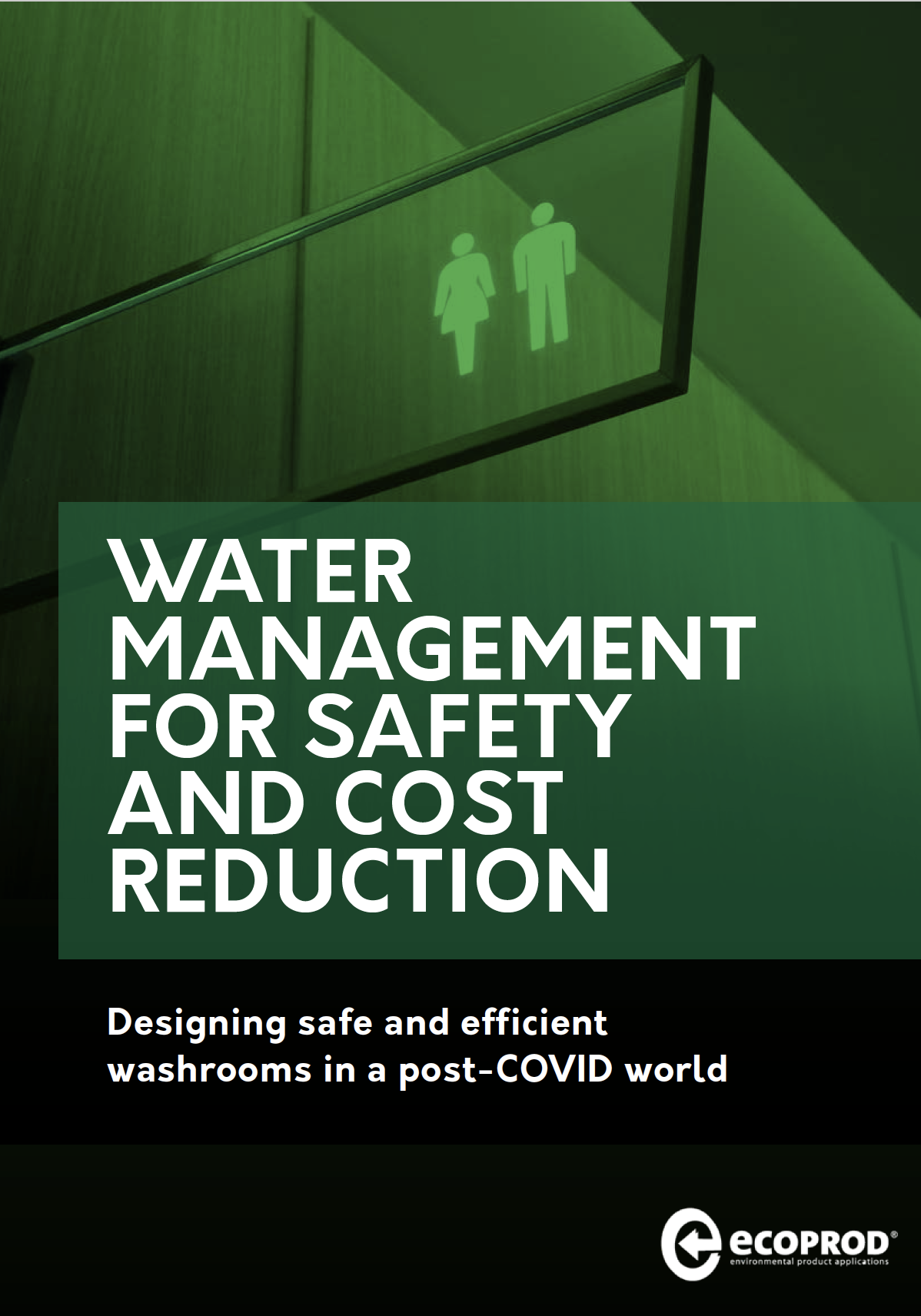Water damage is one of the most common reasons that businesses have to make insurance claims. Indeed, the AIB estimates that £3.9 million is paid out by insurers every day for claims arising from water leaks. Reliance on old technology, concealed infrastructure and a dependence on manual monitoring and intervention means that too often leaks are not spotted until it is too late, and the damage is done.
Many small businesses self-insure against damage from water leaks, reckoning that the risk is minimal. However, we never recommend taking that course as the consequences of a leak for your business can be hugely significant.
For example, we worked with an independent high street restaurant which suffered a break in late one night. Thieves broke in at 12.20am and removed the coffee machine by force. This caused significant damage to the water pipes and water was left to flow unchecked into the restaurant through the night. As a result, the restaurant was closed for two weeks and the business lost £38,000 in revenue as a result as well as having to pay £14,000 to cover replacement fixtures and fittings and repairs. And of course, their insurance premiums and excess immediately increased.
Too often organisations don’t give much thought to the consequences of water leaks until after they have suffered such a leak by which time of course the damage is done and the cost incurred. It’s much better to think about avoiding or mitigating the risks associated with the escape of water before you suffer such an event.
You might think that, as in the example above, there’s nothing you can realistically do to prevent such a leak. It’s the result of a random act of vandalism that could realistically neither be predicted nor prevented. However, whilst you may not be able to prevent the leak in the first place, there certainly are things you can do to minimise the damage a leak can cause.
The Aqualytics WINT intelligent water management system monitors water usage within your building 24/7. It learns about the water usage patterns in your building so it can immediately identify anything unusual and alert you. It knows the difference between a surge in water usage caused by a factory shift starting work, or a weekly deep clean and an unexpected leak.
When it detects an unusual change in usage patterns it automatically alerts you via a smartphone app, at which point you can decide whether to remotely turn off the water to the affected area. You can also set it up so that it will automatically shut the water off itself if a human isn’t available to make the decision.
Of course, not all leaks are catastrophic burst pipes or other sudden, massive increases in usage. In fact, most organisations are wasting massive amounts of water each year through small, incremental leaks. Things like dripping taps, toilet cisterns that don’t refill properly, leaking pipes due to poor quality installation of equipment and other smaller leaks. Whilst these kinds of leaks may not cause the type of sudden and catastrophic damage that a burst pipe can cause, the cost of them certainly adds up and the damage can still be significant and expensive to put right, all the more so because they can take so much longer to spot.
The Aqualytics WINT intelligent water management system is also able to use machine learning to identify these kinds of smaller leaks. It’s because of this that most of our customers notice roughly a 20% drop in their water bills fairly quickly after installation, even if they never experience a catastrophic leak. Businesses are losing water all the time through smaller leaks that they don’t know about.
These days there’s much more awareness that water is a precious resource that needs to be conserved. It’s incumbent on all of us to save water wherever we can and installing a system like Aqualytics WINT solution can reduce your organisation’s water usage (and of course the associated water bills!) significantly as well as give you peace of mind that you’re protected in the unfortunate event that you do suffer a more significant leak.













 For the last 8 years Robert Summer – Head of International Sales and Marketing – has developed structured distribution network worldwide for CONTI+ brand. The products offer great benefit for washrooms and shower rooms for public, semi-public and health sector. Today, sustainability, hygiene and smartness are key to CONTI+ solutions. Robert lives the brand and its USPs and loves to support and motivate his team on a daily basis.
For the last 8 years Robert Summer – Head of International Sales and Marketing – has developed structured distribution network worldwide for CONTI+ brand. The products offer great benefit for washrooms and shower rooms for public, semi-public and health sector. Today, sustainability, hygiene and smartness are key to CONTI+ solutions. Robert lives the brand and its USPs and loves to support and motivate his team on a daily basis.











Comments are closed.